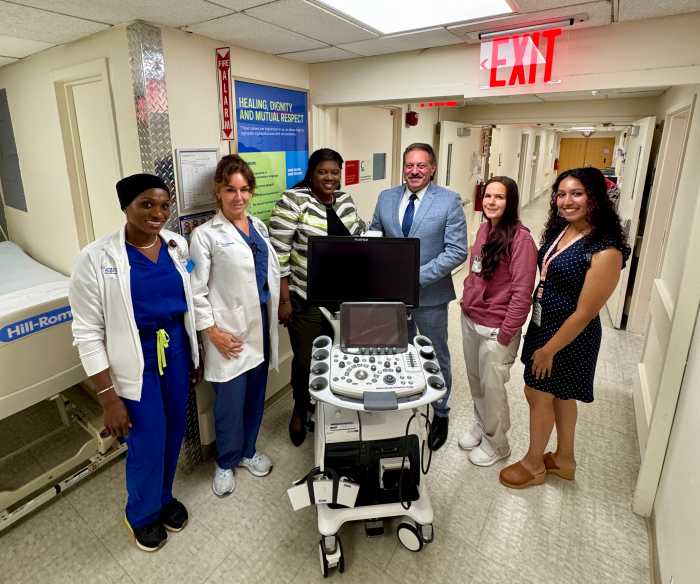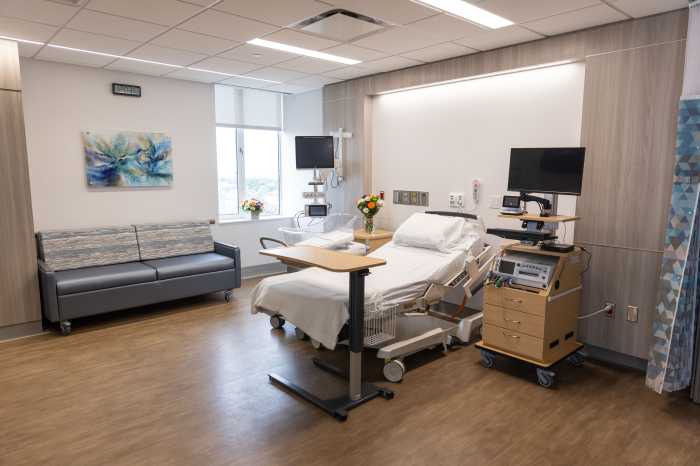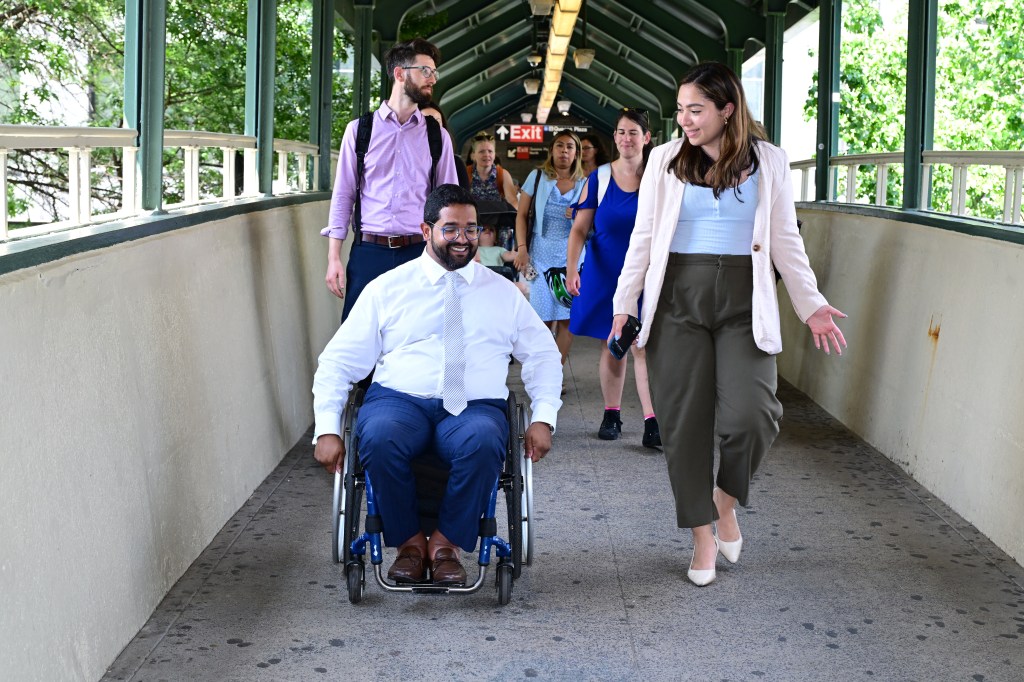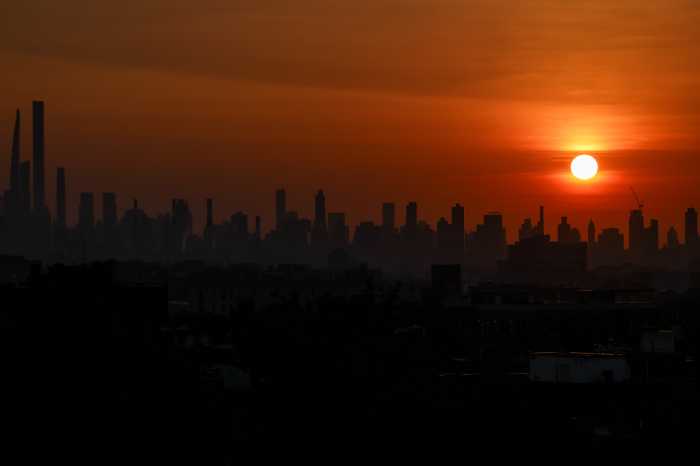The MTA grows increasingly short-handed as the COVID-19 epidemic proceeds leaving workers sick and dying as train and bus service continues to serve New Yorkers.
In a Monday night television appearance, interim New York City Transit President Sarah Feinberg updated the death toll in the agency: 33 fatalities from the coronavirus with all of them belonging to the divisions of subways and buses.
Feinberg reconciled the fact that the MTA resisted urgings at first from the unions and other entities to provide masks and gloves — on the basis of recommendations from health authorities — and finally caved.
“You know I think we struggled just like everyone did with the fact that for far too long I think the CDC was saying that it was not a good idea to wear a mask unless you were actually ill yourself,” Feinberg said on NY1. “You know it wasn’t until yesterday I think that they finally said you know how even healthy people should be wearing them. You know, we threw our hands in the air several days ago before the CDC changed their guidance and said this just doesn’t make sense to us.”
In total, 33 transit workers have died and 5,600 are quarantined. About 1,100 have tested positive. An MTA spokesman confirmed to amNewYork Metro that these deaths were all subway and bus workers.
Last week, after worker deaths rose to an alarming number in just under a week, the MTA began handing out 240,000 masks, 3.2 million gloves to those whose jobs require it. Also distributed were 45,000 bottles of hand sanitizer, 50,000 gallons of cleaning supplies and 7,000 boxes of sanitizing wipes have now been handed out as of March 31.
As COVID-19 has made its way onto the radar on an increasing scale, the MTA has adjusted its measures to suit the situation at hand.
Early on in March as the first case appeared in Manhattan, the MTA followed through on a mandate from Governor Andrew Cuomo to begin sterilizing subway stations and rolling stock. Every 72 hours, trains and buses get scrubbed while touch-points in stations and facilities are sterilized twice a day, according to the MTA.
This has come at an estimated cost of $300 million to the agency.
The volume of workers the MTA is lacking has led to major service reductions and yet has left the MTA between a rock and a hard place.
On the one hand, there are issues of crowding on trains which critics say could be solved with more train service.
But MTA Chair Pat Foye says the ultimate reason why the transit agency has cut service by 30 percent is not because of low ridership, but because they cannot staff enough trains to provide full weekday service.
This story first appeared on amny.com.





































